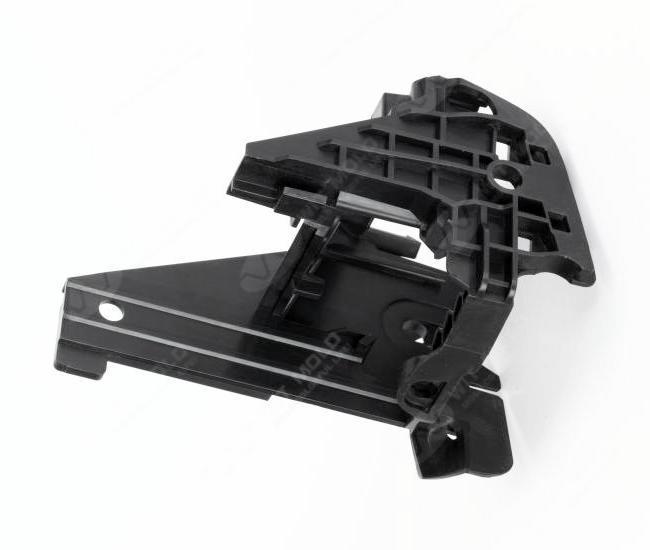Aug. 14, 2025
PBT injection molding is a manufacturing process that uses Polybutylene Terephthalate (PBT), a high-performance thermoplastic polyester, to produce durable and precise components. The process involves melting PBT pellets, injecting the molten material into a mold under high pressure, and allowing it to cool into the desired shape. PBT is known for its mechanical strength, chemical resistance, and excellent dimensional stability, making it ideal for complex and high-precision parts.
PBT offers a combination of characteristics that make it highly suitable for injection molding:
High mechanical strength – Maintains rigidity under load.
Excellent chemical resistance – Withstands solvents, fuels, and oils.
Low moisture absorption – Ensures dimensional stability and consistent performance.
High heat resistance – Suitable for parts exposed to elevated temperatures.
Good electrical insulation – Safe for electrical and electronic applications.
Low friction and wear resistance – Ideal for moving components.

PBT injection molding is widely used across industries due to its balance of strength, heat resistance, and electrical properties:
Automotive – Connectors, sensor housings, handles, and exterior trim.
Electrical & Electronics – Switches, circuit breakers, and cable insulation parts.
Consumer Goods – Power tool casings, appliance components, and kitchenware.
Industrial Equipment – Gears, pump housings, and mechanical fittings.
For optimal results, PBT injection molding requires precise process control:
Melt temperature – Typically 225°C to 275°C, depending on grade.
Mold temperature – Usually 40°C to 80°C for consistent surface quality.
Injection pressure – 700 to 1400 bar to ensure complete cavity filling.
Injection speed – Medium to high, depending on part geometry.
Drying – Pre-drying at 120°C for 2–4 hours to prevent hydrolysis.
Cooling time – Sufficient to ensure dimensional accuracy without warping.
Although PBT is versatile, manufacturers may encounter specific challenges:
Moisture sensitivity – Requires proper drying to avoid degradation.
Shrinkage control – Must be managed for tight tolerance parts.
Flow issues – Complex mold designs may cause incomplete filling.
High crystallization rate – Can affect surface finish and part strength.
Common defects in PBT injection molding include:
Flash – Excess material at parting lines due to high injection pressure or poor mold fit.
Warping – Uneven cooling or residual stresses causing distortion.
Sink marks – Caused by inadequate packing pressure or thick wall sections.
Brittleness – Often due to moisture contamination or overheating during processing.
Short shots – Incomplete filling caused by low pressure, insufficient temperature, or poor venting.
Previous: El Futuro del Maquinado CNC OEM: Innovaciones y Ventajas con Prototype Finder
Next: Choosing the Right Industrial Chocolate Mold for Mass Production
If you are interested in sending in a Guest Blogger Submission,welcome to write for us!
All Comments ( 0 )